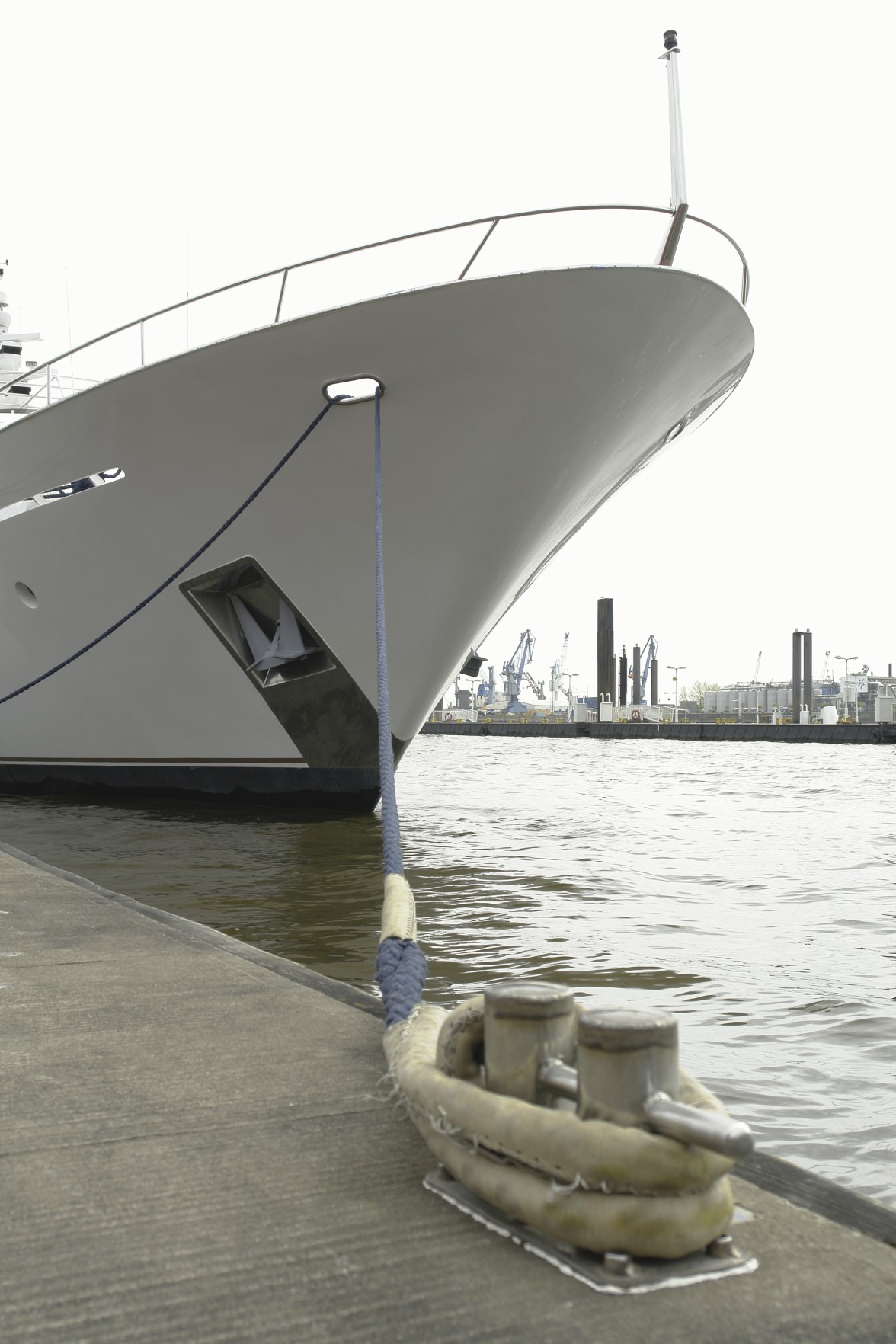Vessel Fumigation
back
Fumigation of infested vessels remains of the single most effective method of eliminating bedbugs, termites and other pests. Once the vessel is docked, our team will convert the entire interior of the vessel to be airtight and then introduce the fumigant into the space. This method is ideal for treating virtually every room inside vessel (such as cabin, sterns, engine rooms, crew quarters, bridge, etc.) suspected of harboring pests because the insects dwell in spaces that may not be accessible otherwise. Unlike ambient heat or chemical, every square inch of the structure is treated with the gas and no pesticide residual inside the premises after the treatment.
There are two sealing methods of performing fumigation. One is to seal the vessel with plastic, tape or other sealing materials, and the other is by enclosing the vessel in a “tent” of vinyl-coated nylon tarpaulins. The design and layout of the vessel will dictate the optimal sealing method. Vessel fumigants are odorless. Therefore, fumigators are required to release a warning agent such as chloropicrin (tear gas) within the vessel at the time the fumigation begins and throughout the entire fumigation process. Prior to the fumigation process, all persons, pets and plants must be removed from the vessel prior to fumigation. (This includes fish and seeds or bulbs intended for planting). Medicines, feed, and food not sealed in metal, glass or highly resistant containers must be removed from the vessel or sealed in protective bags as recommended by the fumigant manufacturer.
 info@nbf100.com
info@nbf100.com
